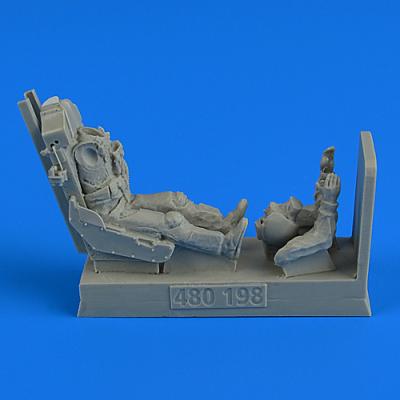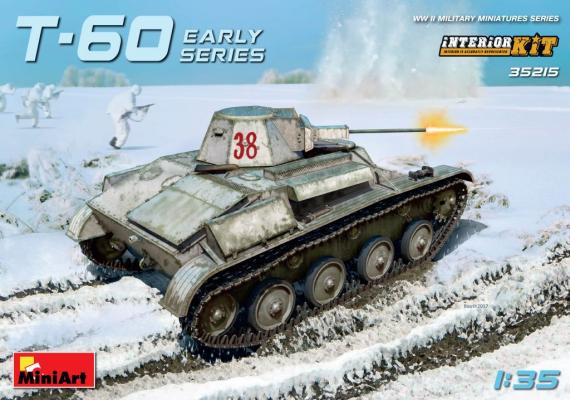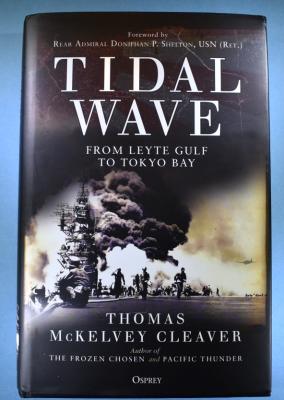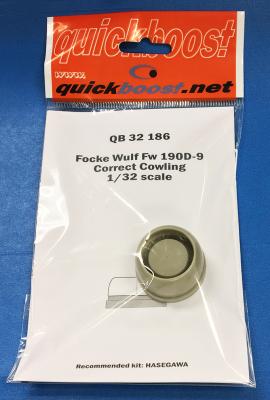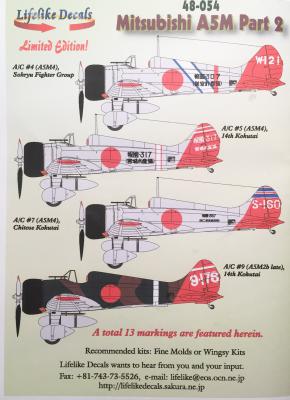If you are looking to add a figure to your F-5 Freedom Fighter, you may want to investigate the latest offering from the Aires Aerobonus line. The figure is posed in his ejection seat with his hands resting on the throttle and stick. With a little care in removing the parts from the pour plug, and some painting, this figure is an easy addition for most modelers to place in their aircraft.
The packaging for this figure is simple with a clear plastic bag containing the ejection seat and majority of the body of the pilot (the arms and head are separate) as well as a folded sheet of paper that provides drawings of the assembled figure as well as painting recommendations. The build was quick and easy, as the arms and head are set into position without issue.











